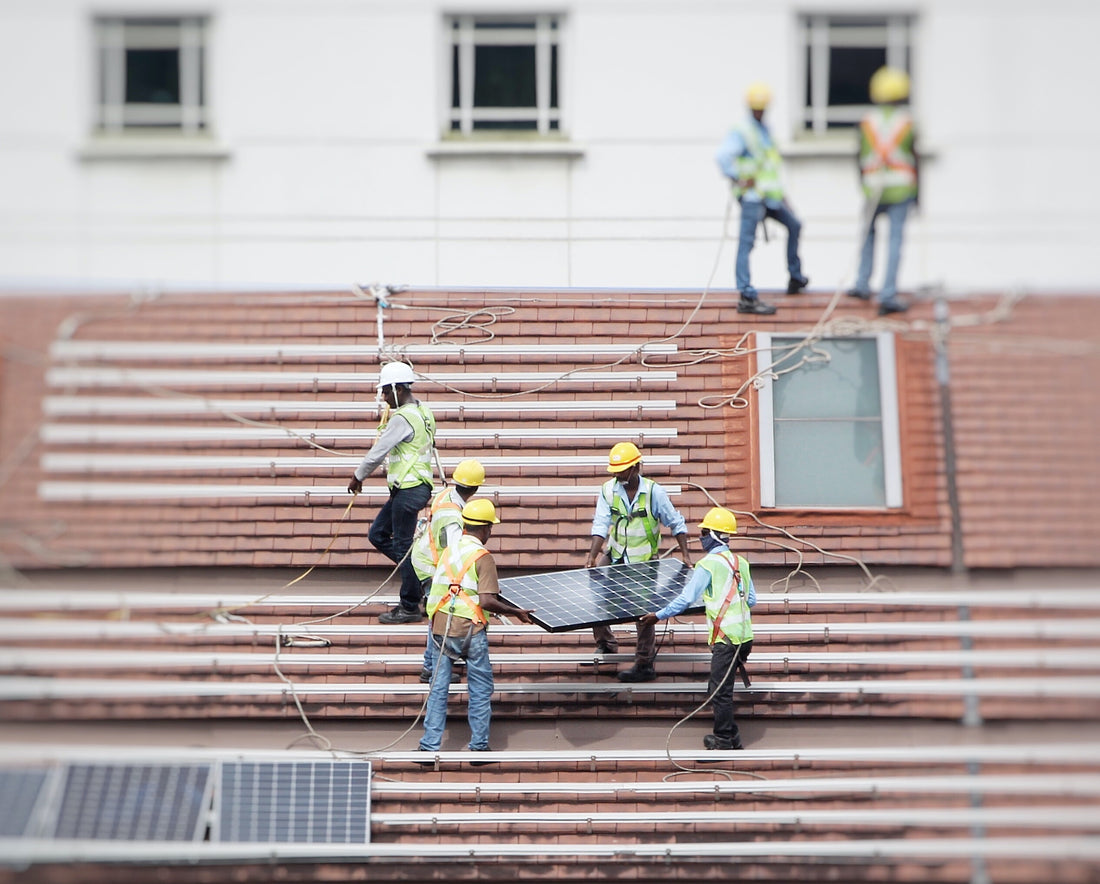Across the Nigeria, a significant number of households, especially in rural areas, lack access to electricity and those in urban areas struggle with sufficient access. This challenge has sparked interest in distributed energy systems as viable options for urban and rural electrification. In this article, we explore the current status of the Levelised Cost of Electricity (LCOE) from solar systems in Nigeria and discuss the potential for aggressive solar energy penetration. We also shed light on the solar resource potential across Nigeria's geo-political zones and highlight the gap between government policy targets and the current reality.
The adoption of distributed solar systems in Nigeria is currently relatively low when compared to the recommended solar PV market potential by the International Energy Association. This indicates a disparity between the government's policy targets and the actual implementation. Recognising the need to bridge this gap, it is essential to explore the opportunities and pave the way for significant solar energy penetration in Nigeria's energy mix.
Nigeria boasts considerable solar resource potential, which varies across the country's six geo-political zones. The solar irradiation levels range from 3.393 to 6.669 kWh/m2/day, with the Northern zones exhibiting greater potential compared to the Southern zones. This regional variation underscores the importance of strategically deploying PV systems to maximize solar energy capture and utilization.
The Levelised Cost of Electricity (LCOE) is a metric used to assess the average cost of generating electricity over the lifespan of a power generation system, taking into account all costs incurred, including initial investment, operation, maintenance, and fuel costs. It provides a standardized way to compare different energy sources and technologies.
Factors Affecting LCOE for Solar Energy in Nigeria:
Nigeria is geographically diverse, with variations in solar irradiation levels across different regions. Generally, the northern part of the country receives more sunlight, resulting in higher solar energy potential and lower LCOE.
In terms of affordability, the levelized cost of electricity from solar PV systems in Nigeria ranges from 0.487 to 0.775 US$/kWh. In contrast, traditional alternatives like diesel generators and glass-covered kerosene lamps have significantly higher costs, with 2.368 US$/kWh and 1.397 US$/kWh, respectively due to fuel subsidy removal and the recent increase in prices of diesel and petrol. This cost comparison highlights the financial advantage of PV systems for rural household power generation and stable power back-up for urban homes and businesses, positioning them as more affordable and sustainable alternatives to traditional fossil fuel-based power generation options.
While the studies have demonstrated the affordability of solar systems for electrification compared to petrol and diesel generators, they also emphasise the critical role of fiscal and energy policies in creating a conducive market environment. Strong policy frameworks, incentives, and supportive regulations are necessary to unlock the full potential of solar systems, enabling them to deliver on their promise for rural electrification and contribute to climate change mitigation efforts.
To accelerate solar energy penetration in Nigeria's energy mix and bring electricity to communities, towns and cities, a multi-faceted approach is required. This includes comprehensive energy policies, financial incentives, technical assistance, and capacity building initiatives. Collaboration between the government, private sector, and international organisations is essential to drive progress and create sustainable pathways for rural electrification through PV systems.
Electrifying Nigeria remains a pressing challenge, but the potential of solar systems to address this issue is immense. By leveraging Nigeria's solar resource potential, addressing affordability concerns, and implementing supportive policies, solar energy systems can play a vital role in empowering communities with clean, reliable, and sustainable electricity. It is imperative to seize the opportunity now and embark on an aggressive solar energy penetration journey, bringing us closer to a future where every Nigerian has access to solar electricity.
The levelized cost of electricity (LCOE) is a crucial factor in assessing the economic viability and competitiveness of solar energy in Nigeria. With abundant solar resources and decreasing technology costs, solar power presents a promising solution for the country's energy needs. As Nigeria continues to embrace renewable energy, understanding the LCOE and its underlying factors will support informed decision-making and encourage wider adoption of solar energy systems.
